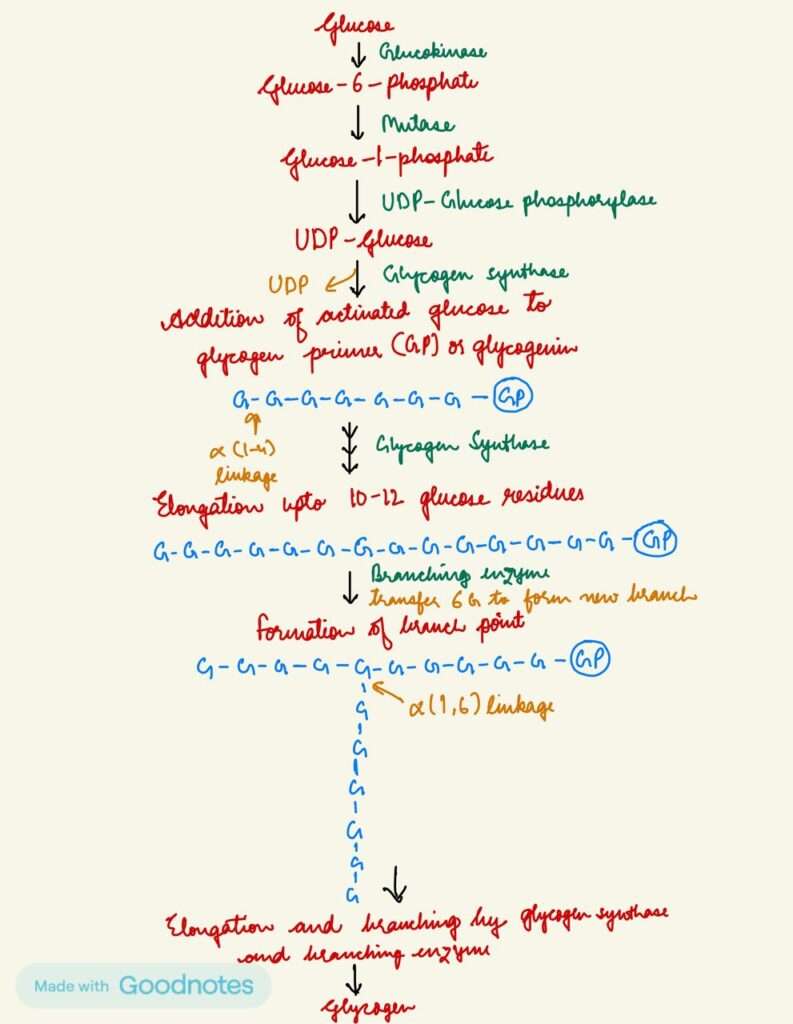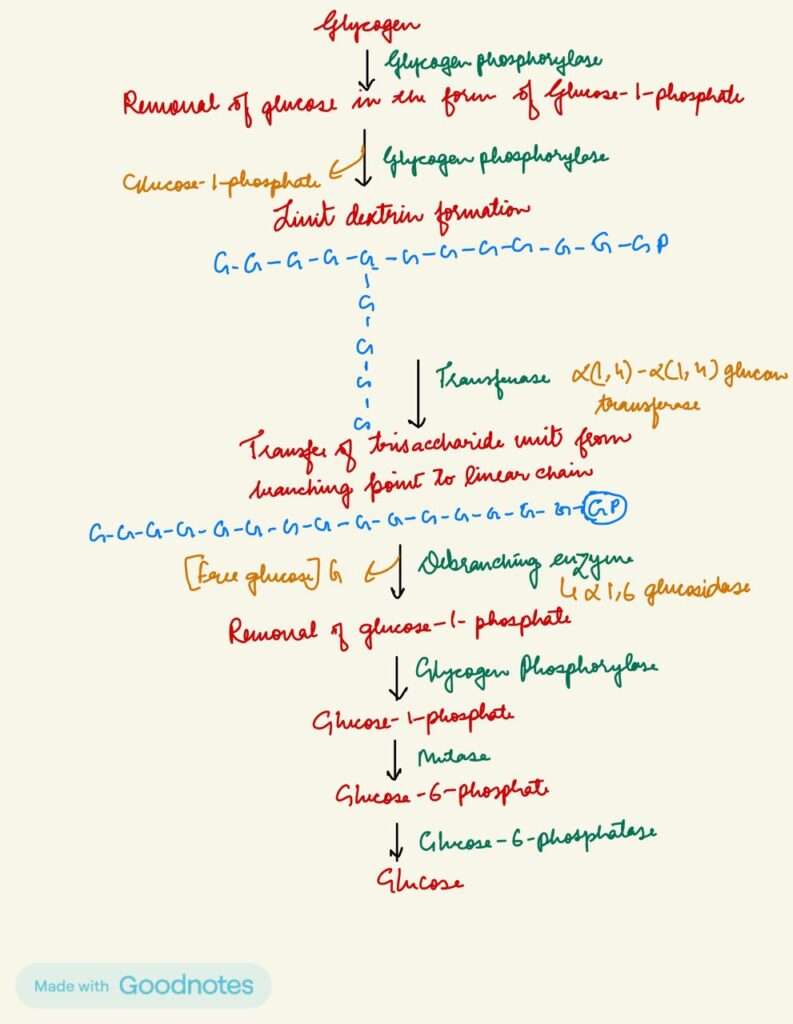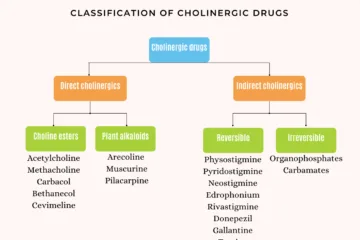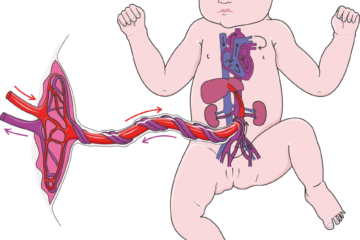Glycogenesis and glycogenolysis are part of the body’s intricate regulatory mechanisms to maintain blood glucose homeostasis. These processes ensure that glucose is readily available when needed and stored when in excess, helping to stabilize blood sugar levels and provide a continuous supply of energy to the body.
GLYCOGENESIS
Glycogenesis is the process by which glucose molecules are converted into glycogen for storage in the liver and muscle cells. This process occurs primarily in the liver and muscles, and it plays a crucial role in regulating blood glucose levels.
STEPS OF GLYCOGENESIS

GLYCOGENOLYSIS
Glycogenolysis is the breakdown of glycogen into glucose, which can be used for energy. It is the opposite process of glycogenesis, which involves the synthesis of glycogen from glucose. Glycogenolysis is a crucial mechanism for regulating blood glucose levels, particularly when the body needs an immediate supply of energy.
STEPS OF GLYCOGENOLYSIS

| GLYCOGENESIS | GLYCOGENOLYSIS |
|---|---|
| 1. Glycogenesis is the production of glycogen | 1. Glycogenolysis is the breakdown of glycogen |
| 2. End product is glycogen | 2. End product is glucose |
| 3. Key enzyme is glycogen synthase | 3. Key enzyme is glycogen phosphorylase |
| 4. Formation of branches is brought about by branching enzyme glucosyl α-4,6 transferase | 4. Breaking of the branches is brought about by debranching enzyme α(4,6) glucosidase |
| 5. In first step, ATP is utilized | 5. No such ATP is required in first step |
| 6. There is requirement of UDP in glycogenesis | 6. There is no such requirement of UDP in glycogenolysis |
GET CONNECTED TO US ON OUR INSTAGRAM PAGE – https://www.instagram.com/medmaps.in/



0 Comments